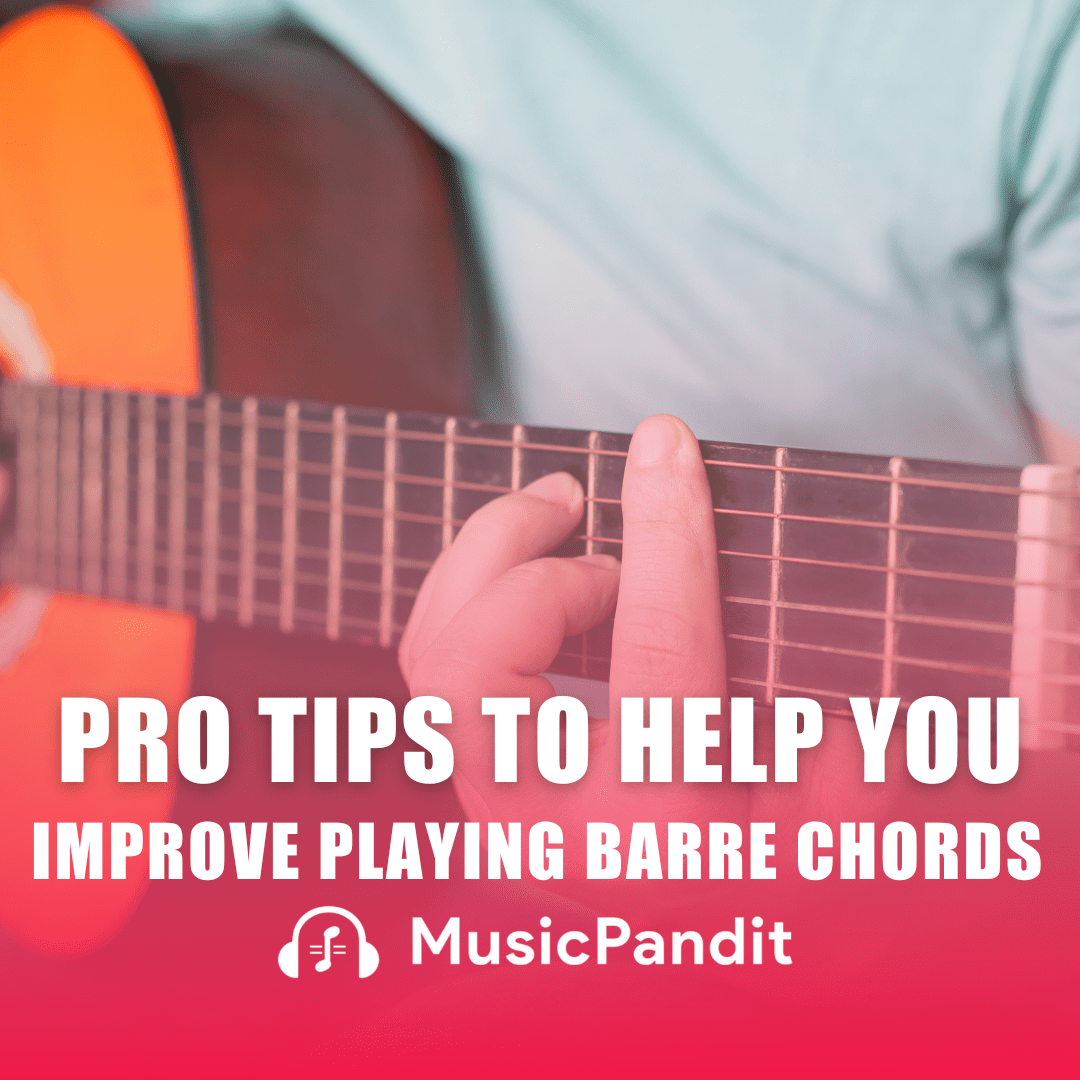If you are a beginner, you might be eager to learn how to play guitar chords. If that is the case, chord diagram or chord charts for guitar are crucial to comprehend as they offer the opportunity to quickly learn new chords. When you’ve learned to read diagrams of guitar chords, you’ll be able to begin learning many chord-based songs.
In this article, we will learn to read diagrams of chords.
What are Chord Diagrams?
Chord diagrams are visual representations that show you where to place fingers on the fretboard to create a particular chord. You will often find chord diagrams on the top of a music chart or some other place on the chart. Sometimes, they are placed there in case you don’t recognize the chord, but often the person who wrote the song wanted that specific design to be used for the chord.
How to Read a Guitar Chord Chart?
Here are the five most important guidelines in how you can read a chord diagram:
1. The vertical lines are the guitar strings.
2. Horizontal lines signify frets, the vertical lines being the nut of the guitar.
3. The black dots show the position of your fingers.
4. The numbers show you which fingers to use.
5. An ‘O’ signal tells you that you should play the string, and an ‘X’ warns you not to play a string.
6. Vertical lines.
Vertical Lines
The vertical lines represent your guitar’s strings. The line on the far left is the string with the highest thickness that you have on the guitar (low E), and the line to the right is the string with the lowest thickness in your instrument (high E).
Horizontal Lines
If you want to learn how to play guitar chords, the other thing to be aware of is the horizontal lines. These horizontal lines are frets on your guitar, with the thickest topline, which represents the guitar’s nuts.
Black Dots
The third aspect to consider is the dots in black. Sometimes, these dots are numbered, but they’re also not (explained in a later post). The black dots will show the exact location to place fingers on your guitar fretboard. The initial dot can be found located on the first Fret of the second (B) string. The second dot is located on the second fret of the fourth (D) string. It is located on the third Fret of the 5th (A) string.
Numbers
The fourth thing to be aware of is the number. The numbers that appear on the black dots or beneath the chord diagram will tell us the fingers we should make use of to hit those notes. Sometimes these numbers will be displayed in black dots. Sometimes they are shown.
Once you’ve learned how to label your fingers and then you’ll be able to identify the fingers you’ll use in any diagrams. The thumb is identified as “T,” but it’s unlikely to be employed in all chords.
The finger (index) is located on the second Fret of the 2nd string. It is the same as the dot ‘1’ in the diagram. The second finger (middle) is located on the second Fret of the fourth string and matches the “2” dot. The third finger (ring) is located on the third Fret of the 5th string and is matched to the three dots. I don’t have to utilize my fourth finger since there’s not a dot with the letter ‘4.’
Os and Xs
We now have the right fingers on the proper frets. The fifth thing to consider is which strings we should play. The ‘O’ and the ‘X that you can see above each vertical line indicate whether you should play a string or not.
If a string does not have an ‘O’ or an “X” above it, then check for dots in the string. Dots on strings signifies that you have to be playing the string.
When there’s an ‘O’ over the string, it indicates to play the string as a part of the chord. If you see an ‘X’ over the string, it indicates not to play the string.
Barring Your Finger
In the beginning, you’ll notice the thick black line that covers the entire Fret of the six strings. Some chord diagrams utilize the thick line to inform that you should ‘bar’ one finger over the strings. The curve of the line and the black line mean the same thing, flatten the finger (index) over all the strings.
Another difference in an arrow chord diagram is that it has a number that appears on the reverse of the drawing. This number indicates what fret the diagram begins at. Contrary to open chord diagrams, the top line isn’t a reference to the guitar’s nut.
If you’re a novice, or perhaps you think that barre chords are difficult to master. However, they’re extremely useful. Do you see what happens when the exact chord form can be moved across the fretboard to make new chords? This is how powerful the barre chords can be. You learn a particular chord shape, and you can play it on the fretboard.














